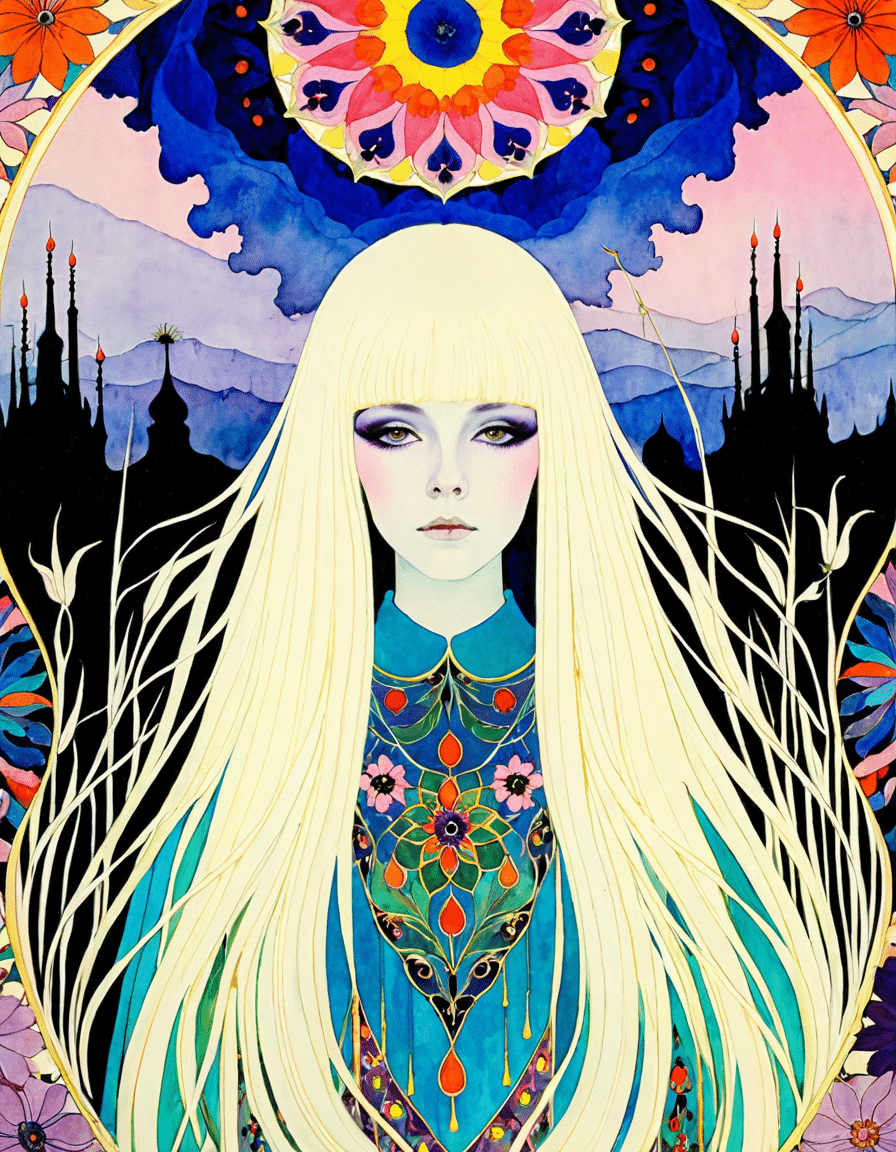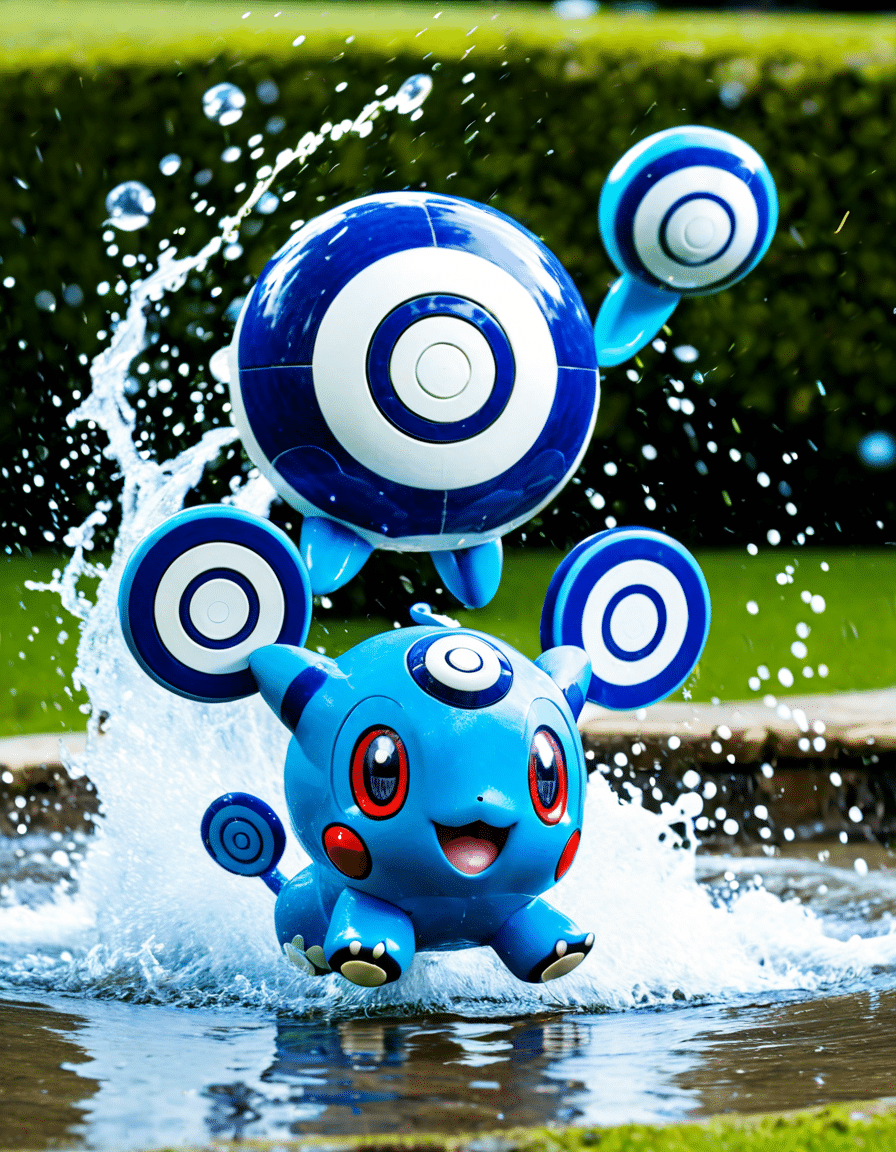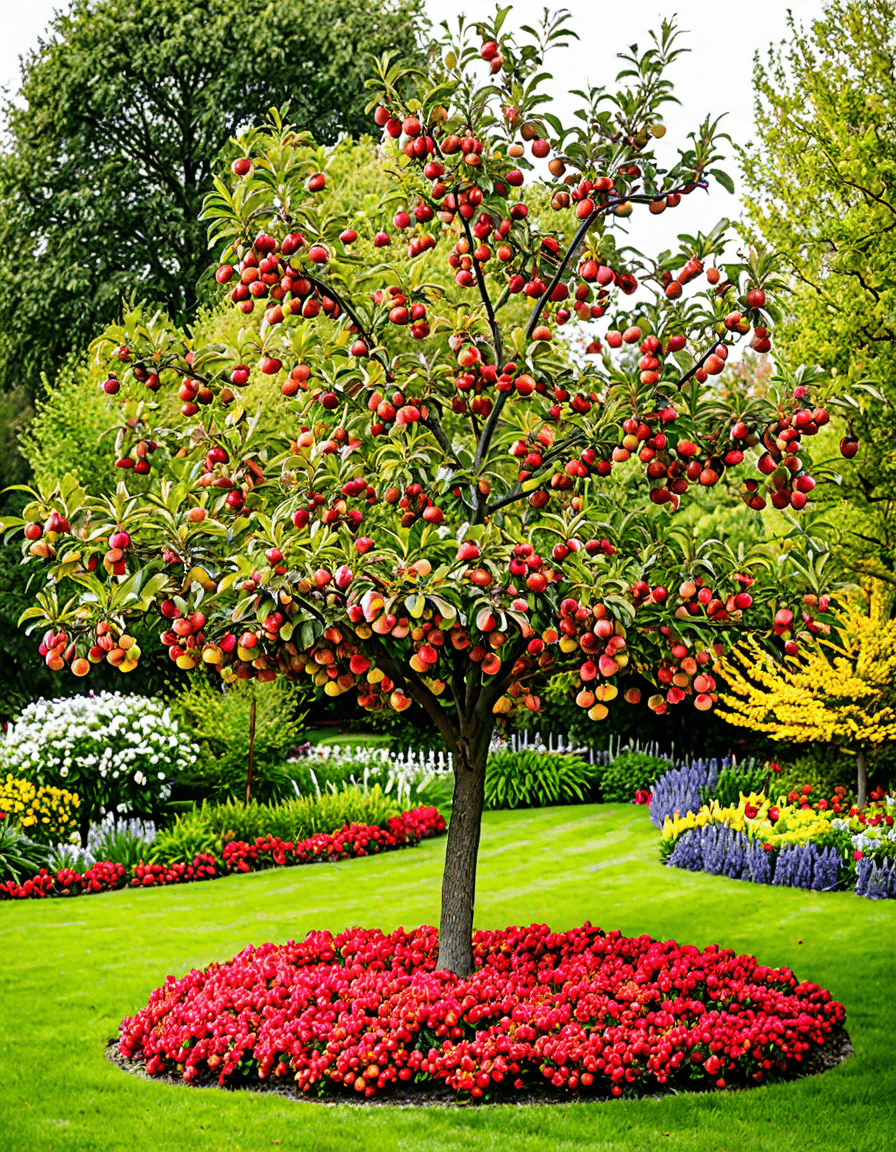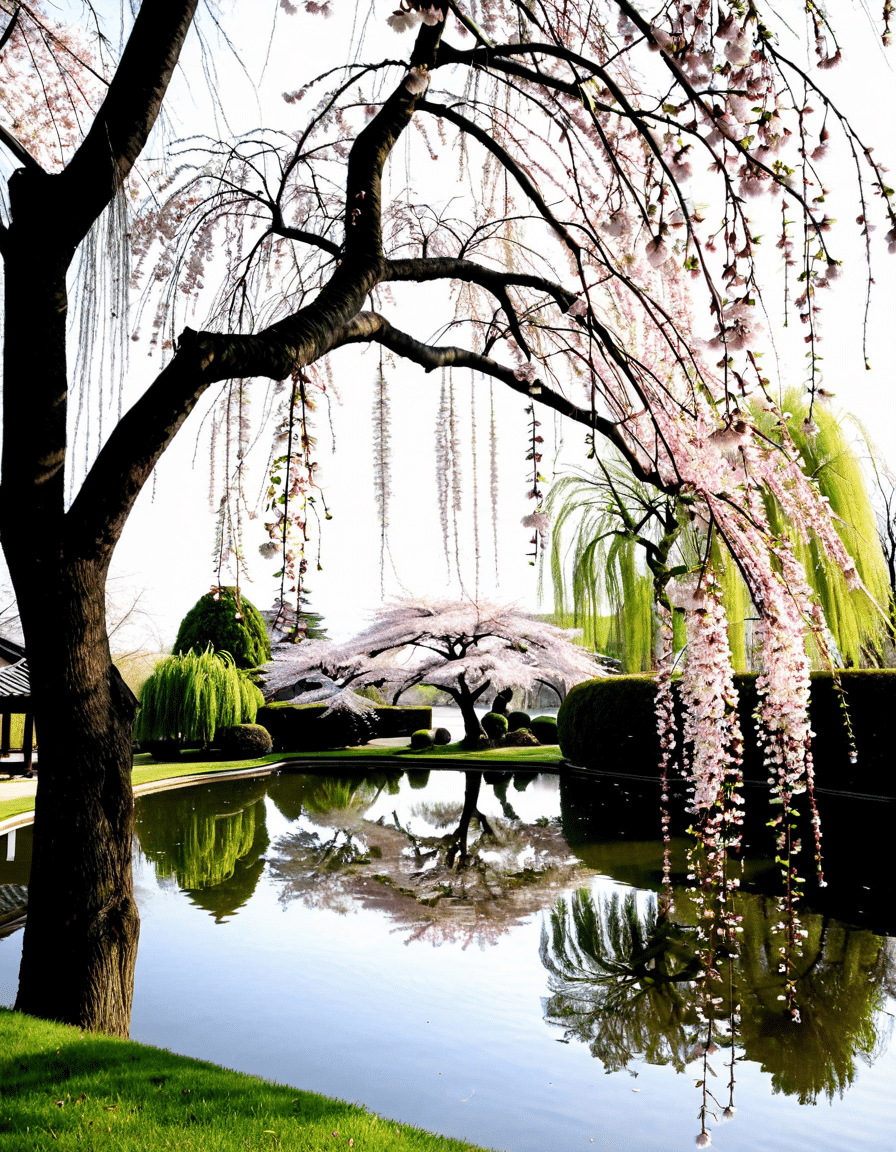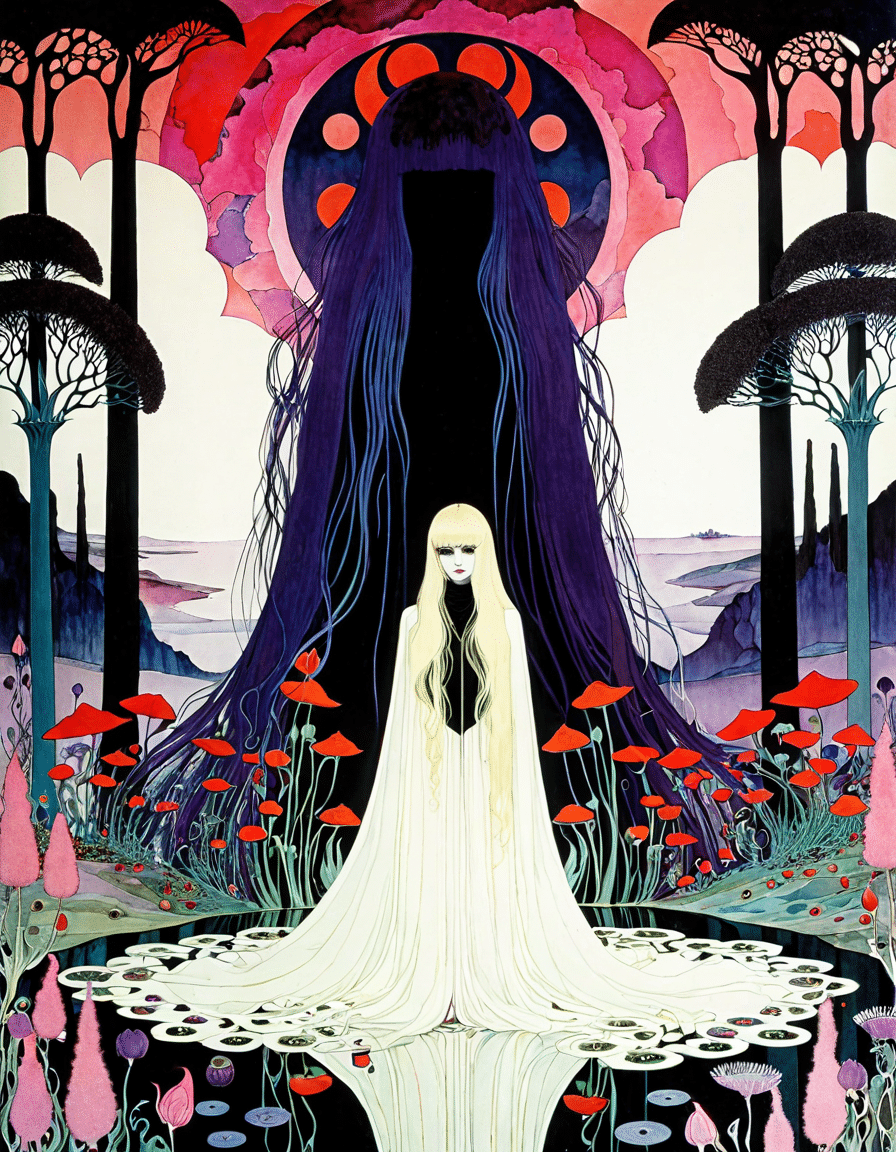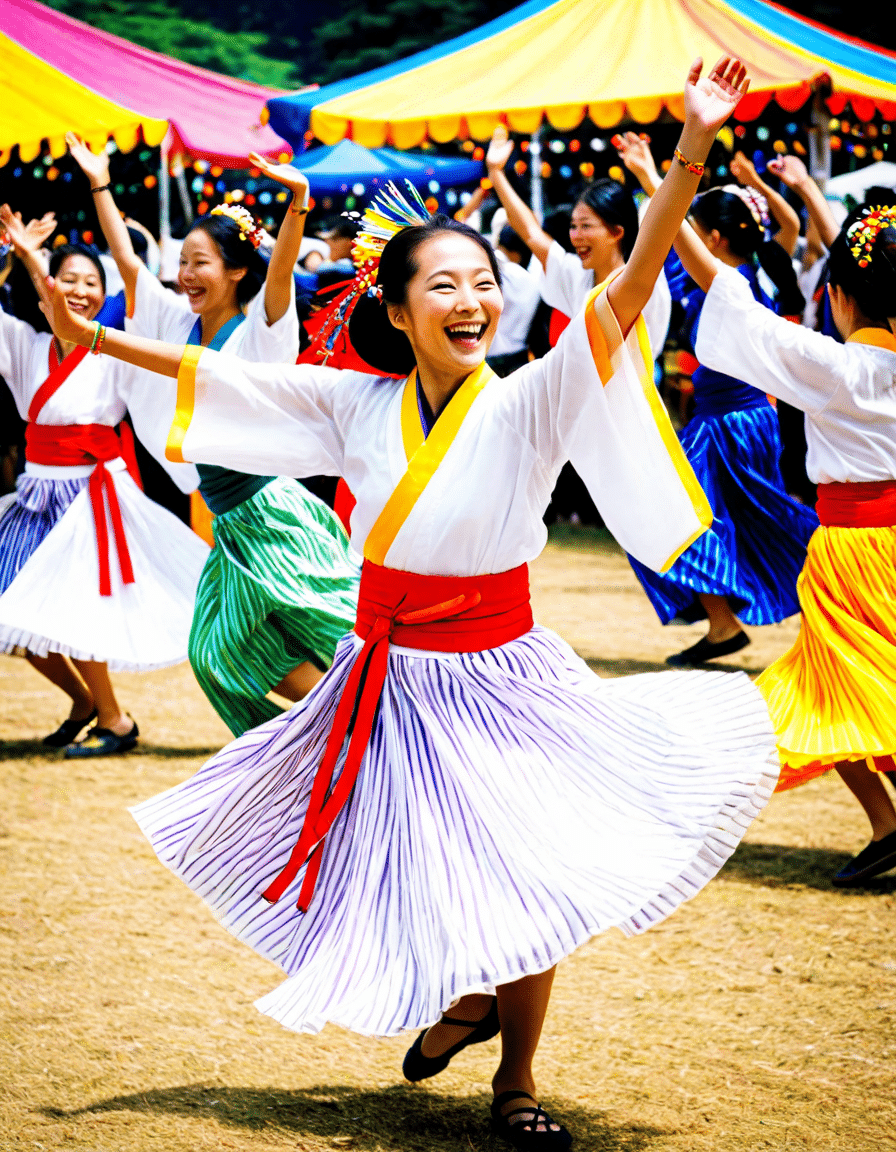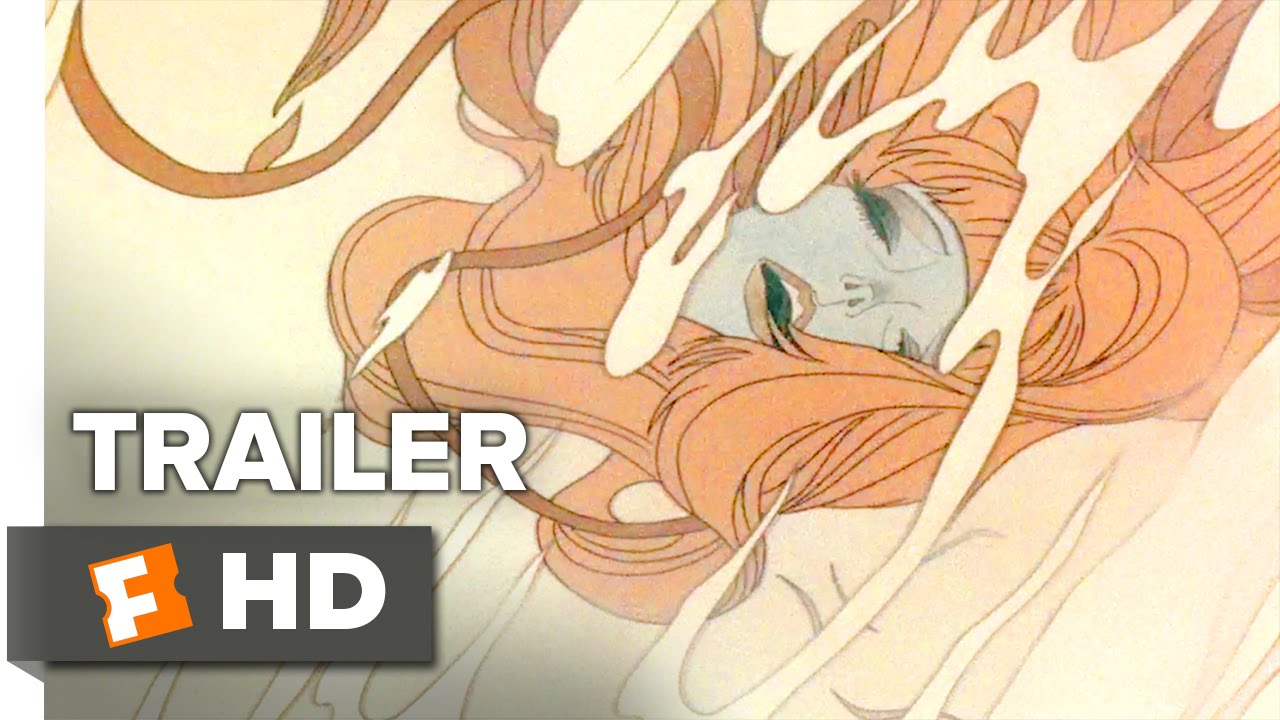
Exploring the Belladonna of Sadness: An Emotional and Artistic Odyssey
The Belladonna of Sadness, a groundbreaking anime film from 1973, takes audiences on a mesmerizing journey that blends psychedelic animation with a haunting narrative. This film dives deep into themes of sadness, betrayal, and empowerment, creating an artistic tapestry that remains significant today. Over the years, it’s been overshadowed in conversations surrounding animated films, yet it’s high time we shine a spotlight on its importance. In this article, we’ll explore the film’s artistic significance and its connections across various cultural landscapes, like literature and fashion.
The Belladonna of Sadness isn’t just an animation; it’s an emotional experience. Its vivid portrayal of mental struggles resonates with many people, making it a crucial piece of cinema for both art aficionados and casual viewers alike. Just like the haunting melodies of Bobby Hatfield draw listeners into a world of emotion, the visuals and narrative of Belladonna of Sadness create an unforgettable atmosphere that sticks with you long after the credits roll.
If you haven’t ventured into this animated masterpiece, you’re in for a treat. The film takes a bold approach that mixes stunning visuals with profound themes, making it a call-to-arms for artists and dreamers everywhere. People often find themselves reflecting on their own experiences of empowerment and strife, aligning their personal journeys with that of the protagonist, Jeanne.
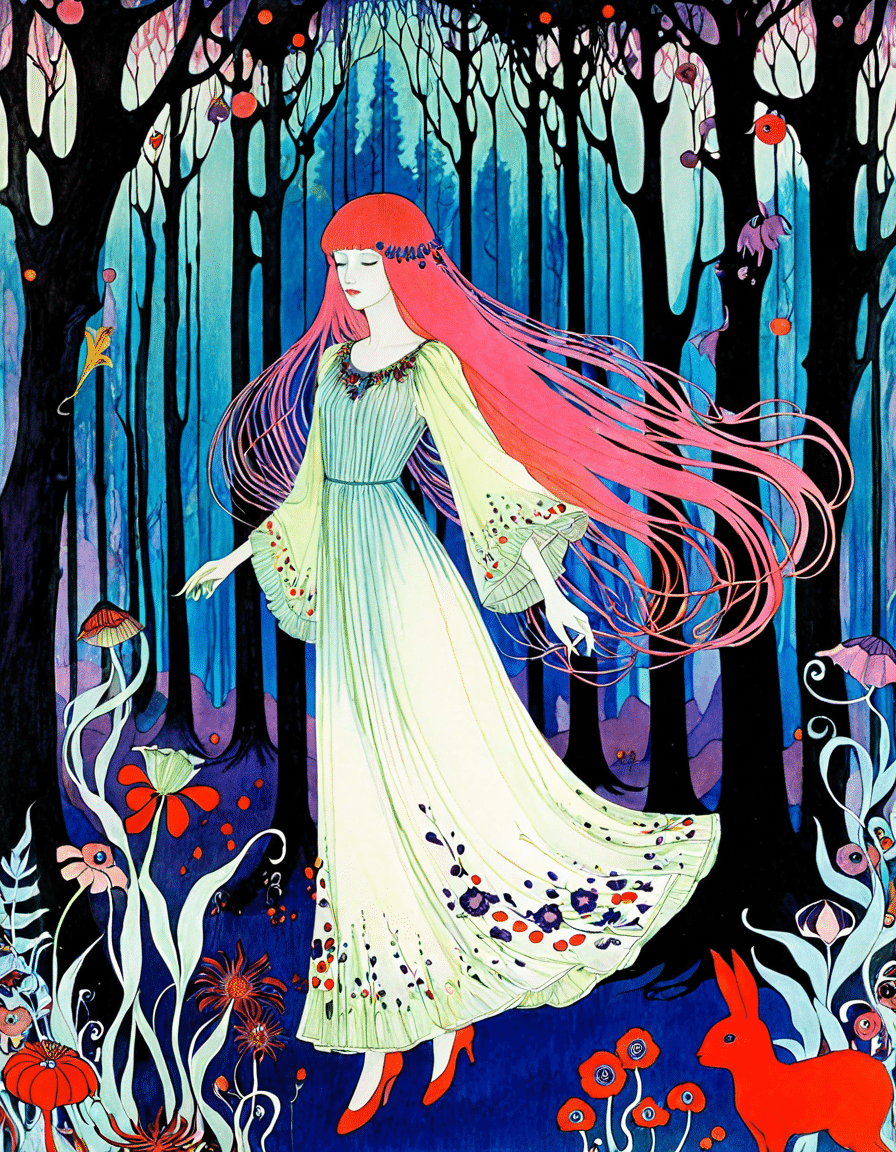
Top 5 Aspects of the Belladonna of Sadness That Captivate Audiences

1. The Artistic Style: A Visual Feast
“Belladonna of Sadness” dazzles viewers with its stunning art style, featuring intricate hand-drawn animation blended with surreal imagery. The filmmakers employed techniques like chiaroscuro and vibrant colors, creating emotional landscapes that echo the protagonist’s tumultuous journey. This technique invites comparisons to modern artists. Think of Takashi Murakami; his work often merges traditional art with contemporary flair, similarly to the aesthetic found in Belladonna of Sadness.
This unique artistic vision isn’t just captivating; it’s a feast for the eyes. The hand-painted frames create a psychedelic dreamscape, immersing the viewer in a world that’s both beautiful and unsettling. By blending fantasy with painful realities, the film challenges audiences to confront their emotions and reflect on their experiences.
Viewers will likely notice the enchanting colors pop off the screen, eliciting a blend of joy and melancholy. This emotional interplay invites comparisons to other artistic media and can even remind us of striking installations that inspire modern conversations in art.
2. Themes of Feminine Empowerment: A Narrative Dissection
At its core, Belladonna of Sadness engages profoundly with themes of feminine empowerment. The protagonist, Jeanne, embodies the battle against patriarchal constraints, mirroring struggles depicted in contemporary literature, such as The Invisible Life of Addie LaRue by V.E. Schwab. Jeanne’s journey through societal oppression illustrates a fight that is both timeless and urgent.
The film’s exploration of female agency resonates strongly in today’s world. It reveals an ongoing struggle for identity in the face of societal expectations, showing that these themes cross generational boundaries. Just as Addie LaRue navigates her own complex role within a male-dominated world, Jeanne’s storyline compels audiences to reflect on their histories and the systemic forces they face.
As we watch Jeanne blossom from victim to empowered woman, we find elements of resilience and defiance that resonate with the stories of women everywhere. This empowerment journey inspires viewers to confront their realities and challenge oppression in their lives.
3. Cultural Resonance: Reflections in Modern Fashion
In the whirl of today’s fashion trends, we’re witnessing a resurgence of 1970s aesthetics influenced in part by films like Belladonna of Sadness. Brands such as Abercrombie & Fitch now reinterpret vintage styles in key pieces like dresses, capturing the nostalgic essence of that era.
This is not just a passing trend; it’s a reflection of the film’s lasting impact on contemporary culture. The intricate designs and colorful patterns evident in Belladonna of Sadness echo throughout fashion, influencing designers and consumers alike. Nostalgia fuels creativity, giving life to collections that celebrate artistic stories from the past.
Fashion isn’t just about looks; it’s a form of self-expression and a way to share personal narratives. The haunting visuals of the film encourage today’s designers to explore emotional themes, ultimately forging a connection between past artistry and modern expression.
4. Soundtrack and Sound Design: The Unseen Character
Soundtracking Belladonna of Sadness is a crucial element that amplifies the film’s emotional intensity. Composed by Masahiko Sato, the haunting melodies enhance the experience while immersing viewers in every scene. The interplay of sound and visuals evokes feelings akin to those in modern films like The Shape of Water, where the atmosphere plays a significant role in narrating the story.
Sound design is not just background noise; it serves as an unseen character in films. Today, this trend is prevalent in video games, where soundscapes elevate the gaming experience, pulling players deeper into interactive worlds. Just as the Zootopia Sloth character highlighted the importance of pacing through sound and visuals, Belladonna of Sadness accomplishes this with haunting soundscapes that resonate long after the final frame appears.
The emotional weight carried by the soundtrack encourages viewers to immerse themselves in the narrative. It provides a necessary counterbalance to the visual spectacle, allowing a richer connection to the protagonist’s journey.
5. Eliza Dushku and the Legacy of Animation
Looking back at actors like Eliza Dushku, known for her dynamic roles before 2010, we can draw parallels between her complex characters and those in Belladonna of Sadness. In her performances, Dushku often portrays strong and multifaceted women, similar to the struggles faced by Jeanne.
This connection illustrates the potential of animation to influence perceptions of women in media. Complex characters in films encourage audiences to challenge societal norms and see the power of feminine resilience. Just as Dushku’s characters have left an imprint on the world of acting, so have the women of Belladonna of Sadness affected the animated narrative landscape.
The legacy of this film extends far past its release, impacting how we perceive storytelling. Audiences are more inclined to engage with narratives that resonate on an emotional level, whether through animation or live performances, opening the door to a broader appreciation of the craft.
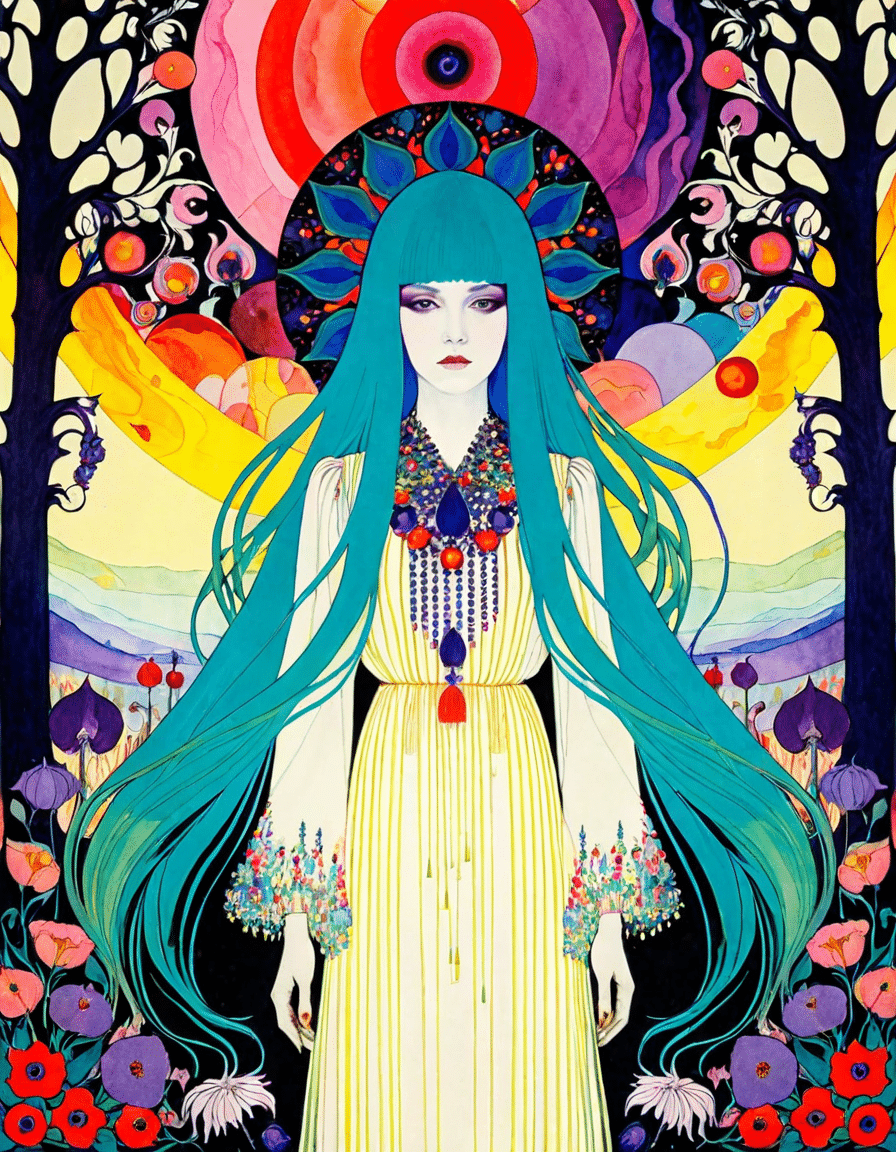
The Impact of Belladonna of Sadness on Contemporary Art and Culture
The influence of Belladonna of Sadness stretches across numerous art forms, shaping the narratives and styles of contemporary creators. Its exceptional storytelling model has inspired animators and filmmakers striving to weave emotional and visual artistry into their work.
In this content-saturated world, the film acts as a beacon of artistic expression. It encourages both viewers and creators to delve into their emotions and embrace vulnerability, quite similar to how a Weeping Cherry tree stands long and steadfast, shedding its petals while inviting onlookers to reflect on beauty and fragility alike.
As artists and storytellers grapple with their own experiences, Belladonna of Sadness remains a vital touchstone. The film opens up conversations across generations—inviting discussions that inspire artists, writers, and fashion designers to explore the multilayered experiences inherent in human emotion. Each sad note and each vibrant hue we encounter urges us to acknowledge our feelings while fostering creativity in the face of despair.
In conclusion, the Belladonna of Sadness teaches us that while sadness can indeed be a destructive force, it has the potential for transformation. The film continues to resonate with audiences today, revealing the power of artistic expression that transcends time, reminding us that we can find solace and knowledge in our emotions. Just like the vibrant Crab Apple tree, it stands resilient against the winds of change, offering beauty amid struggle and inspiring all artists to explore their creative depths.
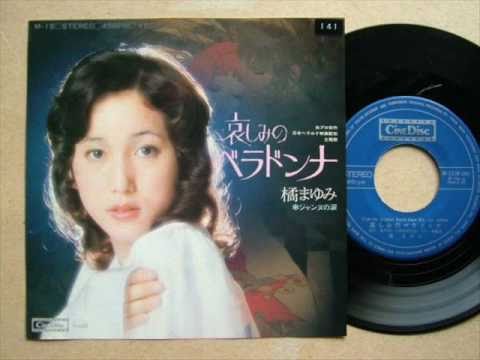
Belladonna of Sadness: A Fascinating Journey Through Art
The Allure and Mystery
“Belladonna of Sadness” isn’t just another animated film; it’s a mesmerizing blend of art and narrative that often leaves viewers pondering its deeper meanings. This 1973 film, directed by Eiichi Yamamoto, is a part of the Animerama trilogy, showcasing a captivating visual style and mature themes. The film dives into the story of Jeanne, a woman wronged by society, only to find her power through enchantment and dark magic—it’s a journey filled with twists that resonate with timeless tales of struggle. Speaking of struggles, did you know that the game’s dynamic storytelling sometimes feels reminiscent of classic game show news where unexpected outcomes keep viewers on their toes?
Artistic Inspiration and Soundtrack
Notably, the film’s unique artistry draws inspiration from a mix of Western art and psychedelic designs. Each frame feels like a moving painting, evoking emotions that are both surreal and visceral. Fans of rock music might be pleasantly surprised to know that Gavin Rossdale of Bush has often cited animation as a significant influence on music videos. This specter of creativity extends to how belladonna of sadness captures the imagination—mirroring how simple visuals can represent complex narratives. The film’s music, too, is as enchanting as its visuals, adding layers to the audience’s experience—much like how M.u.g.e.n allows players to create personalized fighting games that showcase their own artistic vision.
Cultural Impact and Legacy
“Belladonna of Sadness” isn’t a piece of art that faded into obscurity; rather, it has influenced generations of animators and filmmakers alike. It celebrates themes of empowerment, individuality, and rebellion against authority, making it extremely relevant today. Many have drawn parallels between Jeanne’s journey and the spirited characters of classic and contemporary animation. Speaking of rebelling against the norm, while our beloved Poliwhirl may charm its way into the hearts of gamers, it’s intriguing to see how such vibrant creations jump from the screen to reality, resonating with audiences of all ages. Furthermore, platforms like Eaststreams have been pivotal in bringing lesser-known masterpieces to a wider audience, rekindling interest in this hidden gem of animation.
In retrospect, “Belladonna of Sadness” is a haunting yet beautiful exploration of life’s deeper questions, wrapped in a visual feast that continues to captivate audiences. By blending art, narrative, and a touch of magic, it stands out as more than just a film—it’s an experience that invites you to reflect on your journey and the power of choice.
